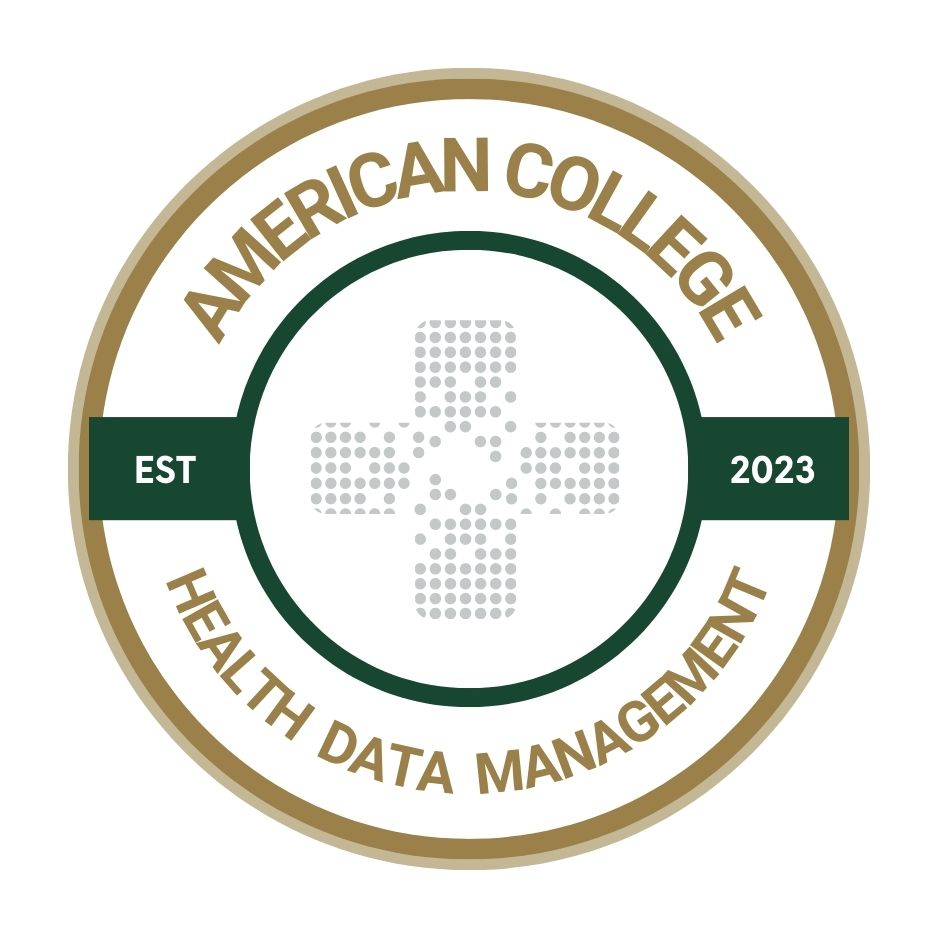Why TEFCA offers a promising future for interoperability
Better integration of clinical data into workflows has the potential to reduce clinician burden and improve efficiency.

One of the most important initiatives in interoperability today is the Trusted Exchange Framework and Common Agreement, otherwise known as TEFCA.
I recently participated in a discussion with Steven Lane, MD, chief medical officer at Health Gorilla, to discuss the role of TEFCA in improving patient care coordination, facilitating better-informed medical decisions and improving operational efficiency.
Lane has an extensive career as a primary care physician and clinical informaticist, and he has long dedicated his efforts to improve healthcare through technology. He notes that trust is the cornerstone of the TEFCA framework — trust that its use is both appropriate and transparent.
TEFCA’s various goals
“Beyond patient treatment, TEFCA also aims to include individual access services, payment, healthcare operations, public health exchange and public benefits determination,” he says.
“Individual access services are particularly intriguing, as giving patients greater control over their personal health information has long been a goal of interoperability efforts,” Lane adds. “This broad scope underscores the importance of data quality and hints at the potential for even more future exchange purposes, such as supporting research.”
While TEFCA holds great promise, it is not without its challenges. The primary challenge is clinician adoption. Despite the benefits of interoperability, getting clinicians to embrace new systems and workflows can be difficult. Lane notes. "Clinician adoption remains a challenge, but the key is bringing this exchange data into workflow and making it actionable."
Challenges of TEFCA
Facilitating effective and secure data exchange between healthcare systems is no small feat — it’s a challenge that demands innovative solutions.
For example, MEDITECH is working on its technology to address these complexities through its Traverse Exchange interoperability network.
Company executives say it’s doing so because feedback from customer advisory councils indicate that clinician adoption hurdles often revolve around the process of incorporating data into electronic health records systems (EHRs), which have been overly reliant on structured documents like Continuity of Care Documents (CCDs). Clinicians contend that CCDs are problematic because they are often time-consuming to read, redundant and fail to provide an intuitive experience.
The company says its interoperability network seeks to address this by delivering a streamlined, longitudinal view of patient data that fits seamlessly into clinicians’ existing workflows. This is crucial for clinician adoption because it helps integrate external data into workflows, thereby reducing clinician burden.
Effective technologies seeking to achieve this must move beyond outdated exchange mechanisms like XDS.b, instead using modern constructs such as the Fast Healthcare Interoperability Resources standard, (FHIR) to facilitate more efficient and flexible data exchange. Such network approaches can enable healthcare organizations to share data securely and efficiently, whether they use the same or different EHR systems.
Other challenges lie ahead
More attention needs to be paid to identifying and implementing data sets that positively impact and help fill critical data gaps. Networks that utilize modern infrastructure and tooling enable healthcare organizations to access and use data meaningfully while improving overall usability.
It’s crucial to eliminate healthcare data fragmentation, which is a major factor in hospital mergers and acquisitions, as referral partners look to consolidate on a single EHR. Adopting advanced interoperability solutions to synthesize meaningful information across health systems eliminates this fragmentation by seamlessly integrating this data within the clinician’s workflow. Now, healthcare organizations can maintain their independence while providing the most impactful care to their patients.
While the industry awaits the current administration’s next steps toward TEFCA and other healthcare IT legislation, the TEFCA framework already established shows great promise in expanding exchange purposes further, incorporating stringent data quality standards and potentially including push messaging for public health reporting. These advancements are expected to enhance interoperability, fostering a more connected and efficient healthcare system.
TEFCA represents a significant step forward in healthcare interoperability. By fostering trust and expanding the scope of data exchange, it paves the way for improved patient outcomes and streamlined healthcare operations. TEFCA has immense potential to transform the industry as we innovate and adapt.
You can join Dr. Lane and this article’s author, Mike Cordeiro, on April 9, along with Signature Healthcare vice president and CIO Joe Diver in a discussion of how to turn interoperability into a competitive advantage. Register for this webinar today.
Mike Cordeiro is senior director of interoperability market and product strategy for MEDITECH and a Fellow of the American College of Health Data Management.
